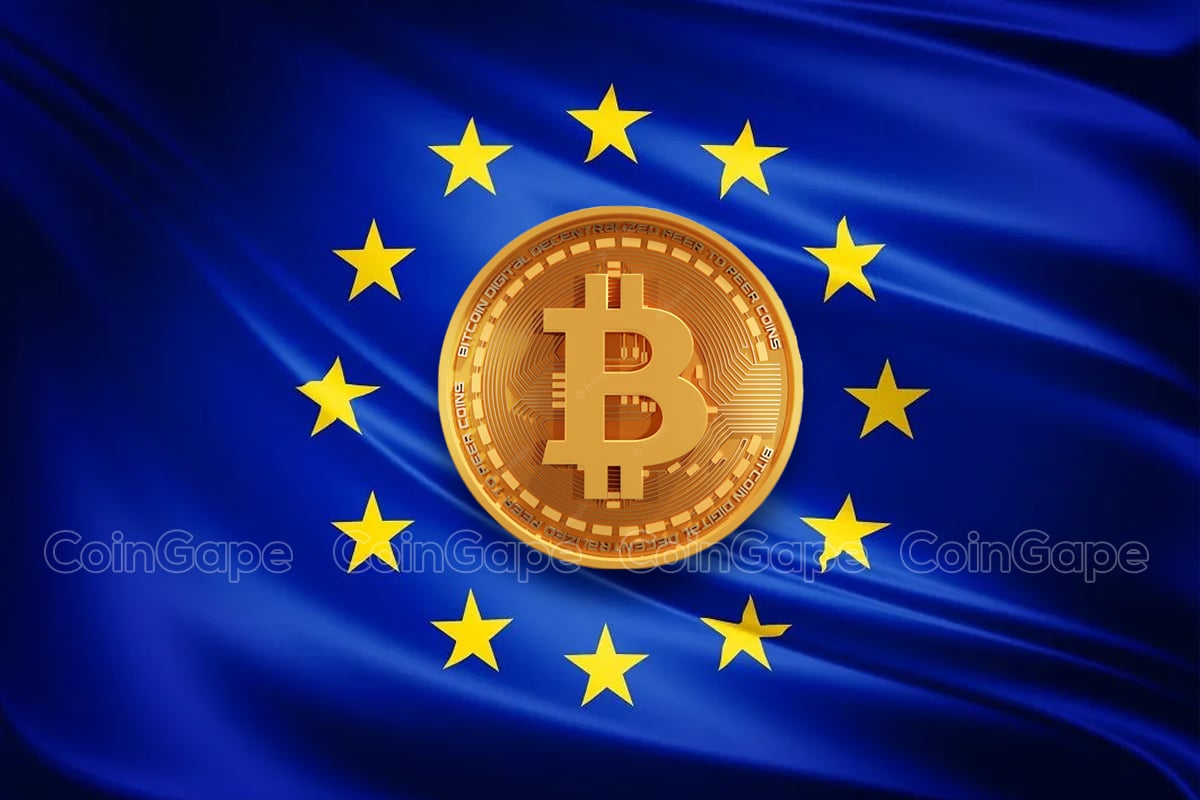Regulation
Why Is EU Struggling To Lure Crypto Players?

[ad_1]
In the dynamic landscape of cryptocurrency, the European Union (EU) finds itself at a critical juncture with the impending implementation of the Markets in Crypto-Assets regulation (MiCA). As the countdown begins, EU regulators and crypto firms are in a race to strategically position themselves for the new regime.
However, amid the flurry of activity, challenges and uncertainties loom large, casting shadows over the EU’s ability to attract and regulate crypto ventures effectively.
EU’s Dilemma with MiCA: Navigating Regulatory Waters
With less than a year left until the enforcement of MiCA, European regulators and crypto companies are grappling with crucial decisions regarding their future operations. MiCA, touted as a game-changer, promises to open doors for crypto firms to tap into the vast EU market, worth a staggering $19 trillion.
However, the road to compliance is fraught with complexities, as nations vie to lure crypto ventures with tailored regulations. According to a DL News report, Elizaveta Palaznik, a MiCA specialist, emphasizes the significance of this regulatory competition, stating, “If a country already has experience dealing with one specific type of services, it makes a lot of sense they will keep attracting those.”
Meanwhile, Luxembourg, renowned for its attractiveness to investment funds, has become a magnet for crypto funds as well. On the other hand, Ireland, known for its friendly stance towards Big Tech firms, has emerged as a favored destination for crypto giants like Coinbase and Ripple.
Simultaneously, France and Malta have also carved niches for themselves, attracting trading platforms and Web3 gaming platforms respectively. However, disparities in regulatory approaches among EU member states pose challenges for crypto firms seeking consistency and clarity in compliance requirements.
The looming deadline for MiCA’s implementation, set for December 30, 2024, adds urgency to the situation. While the crypto regulation allows for a transitional period of up to 18 months, some countries are contemplating shorter durations, citing the need for swift adaptation.
Notably, Palaznik reveals, “I’ve heard some rumors that in Luxembourg, regulators will go from 18 to 12 [months].” This variability in transition periods reflects the divergent approaches adopted by EU nations towards crypto regulation.
Also Read: XRP News- Core Devs Releases Rippled 2.1 for XRP Ledger AMM
Stablecoin Impacted Amid Regulatory Woes
The European Union (EU) has taken a significant step to regulate stablecoins with the introduction of the Markets in Crypto-Asset Regulation (MiCA), amid global cryptocurrency landscape changes. Notably, MiCA brings forth a robust framework for overseeing “significant stablecoins,” subjecting them to strict supervision by the European Banking Authority (EBA) across EU member states.
However, disparities arise when comparing MiCA’s criteria with established models like the Basel Committee on Banking Supervision’s (BCBS) framework for global systemically important banks (G-SIBs). While MiCA marks a crucial move towards regulating the stablecoin market, discrepancies in its implementation signal the need for a nuanced approach to mitigate systemic risks effectively.
Meanwhile, as digital assets continue to evolve, the EU’s role in shaping stablecoin regulation remains pivotal for ensuring financial stability and consumer protection.
On the other hand, the EU strives to establish a unified regulatory framework for cryptocurrencies, which has sparked inconsistencies among member states and poses significant challenges for asset managers. Notably, a recent incident involving Jupiter, a prominent asset management firm, underscores the complexities faced by fund managers in navigating regulatory waters.
Despite Germany’s lenient stance on crypto investments, Ireland’s prohibition on cryptocurrency exposure in Ucits funds forced Jupiter to retract its investment in Ripple’s XRP ETP. This incident highlights the urgent need for harmonization and clarity in crypto regulations across the EU to foster a conducive environment for investment and innovation.
Also Read: Shiba Inu Weekly Burn Soars 160% As 102 Mln SHIB Burnt
The presented content may include the personal opinion of the author and is subject to market condition. Do your market research before investing in cryptocurrencies. The author or the publication does not hold any responsibility for your personal financial loss.
[ad_2]
Source link








✓ Share: